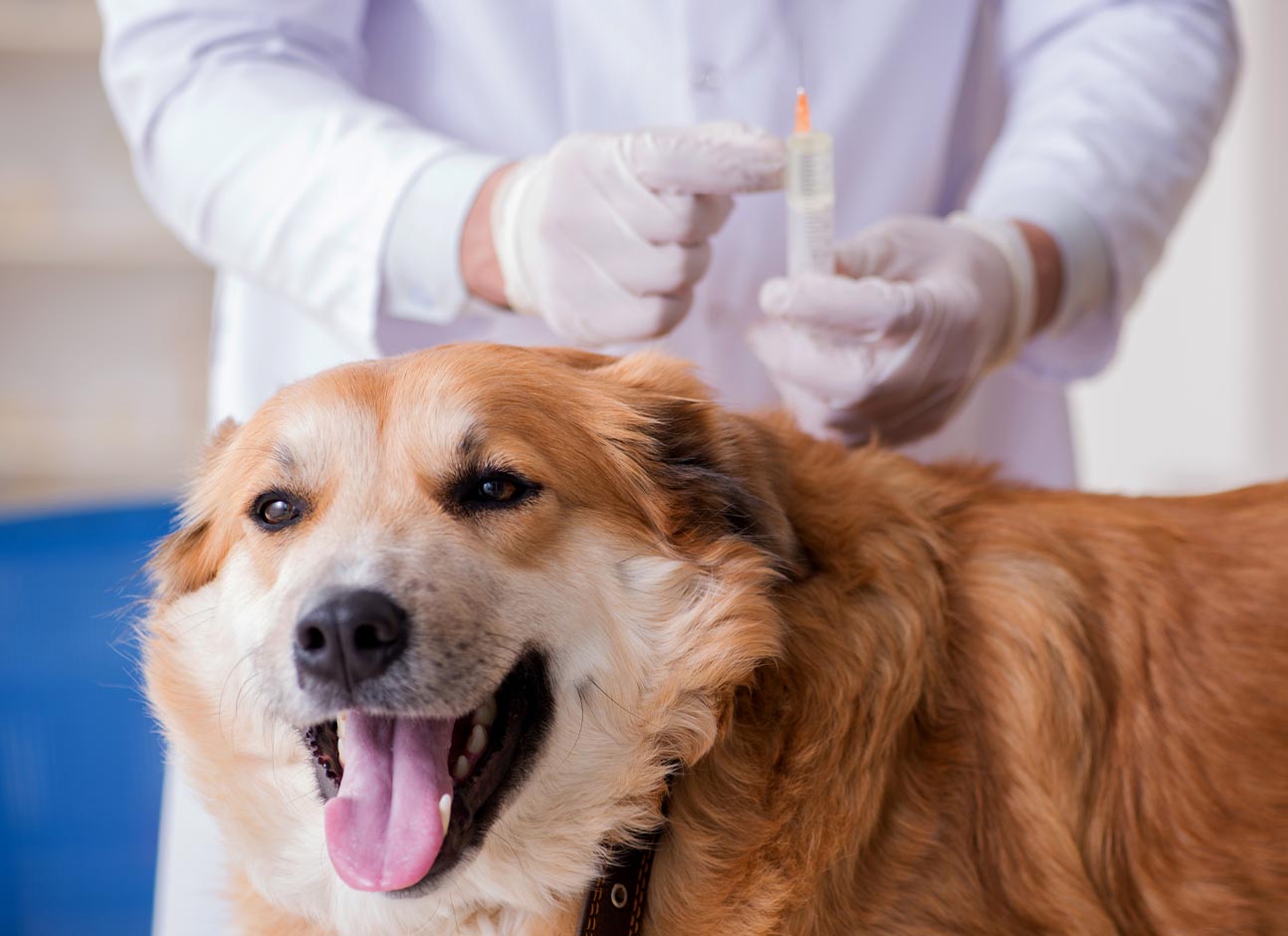Babesiosis, also known as piroplasmosis, is a parasitic disease caused by the blood parasite Babesia and transmitted by ticks from the Rhipicephalus species. The tick infects the animal through its saliva during a bite, usually in areas with thin skin. The parasite settles in the red blood cells, multiplying and destroying them, which leads to anemia, degenerative processes, and clogging of the vascular system.
The primary tick activity occurs during spring and autumn, resulting in peaks of infection during these periods. However, the infection can occur year-round, regardless of the location. Babesiosis is a rare occurrence in cats.
Symptoms
The disease can manifest in chronic and acute forms. In animals with strong immunity or existing illness, the chronic form has a favorable prognosis and presents symptoms such as:
Rising temperature
Alternating bowel movement issues
Loss of appetite
Anemia detected through analysis
Pets typically recover fully after three months.
The acute form is extremely dangerous, with high mortality rates, and exhibits the following symptoms:
Fluctuating temperature
Dark urine
Rapid breathing and increased heart rate
Bloody vomiting
Green-yellow feces
Lethargy and constant fatigue
Loss of appetite
Yellowed mucous membranes and eyes
Diagnosis
Diagnosing babesiosis is challenging in the early stages, as it only appears in tests one week after infection and in PCR tests three to five days after infection. It is also necessary to rule out diseases with similar symptoms, such as anemia.
Treatment Process
The treatment process aims to eliminate the parasite, alleviate symptoms, support the body’s recovery, and, in severe cases, perform a transfusion. To kill parasites, highly toxic medications are administered by a qualified veterinarian alongside special preparations to suppress allergic reactions. If needed, intravenous fluids are also prescribed.
Rehabilitation Process
Treatment should continue for the entire course, as determined by the attending veterinarian, even after symptoms have subsided. A special diet is recommended to minimize strain on the body and aid recovery. Dietary recommendations include:
Serving food in small portions
Increasing the meat content in the diet
Using therapeutic food when possible
Feeding dogs with medicinal food
Avoiding cold or hot servings
Prioritizing liquid or pureed food
Prevention Methods
To minimize the risk of illness, the following preventive measures are advised:
Regular, monthly antiparasitic treatments
Immediate tick removal upon discovery of a bite
Vaccination
